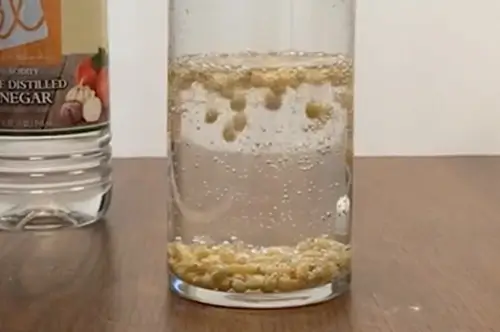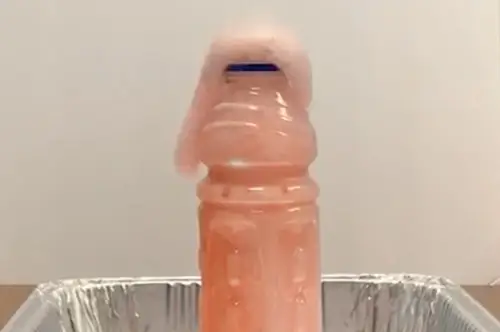Celebrating National Chemistry Week with Students

It’s time to get excited. Do you know why? National Chemistry Week is coming!
Why chemistry matters and chemistry’s impact on everyday life
Chemistry is all around us. It’s in the autumn leaves as they turn from green to red and gold. It’s in the blueberry muffins baking in the oven. Chemistry happens when we mix soap and water to clean our hands. It’s even there when we light a flame in the fire pit.
How can chemistry be all of those different things? Simple! Chemistry studies matter and its interactions with other matter and energy. And matter is anything that has mass and takes up space. That’s why chemistry matters!
From lab to life: Celebrating National Chemistry Week and its relevance
National Chemistry Week (NCW) runs from October 15-21. This week is set aside to promote the importance of chemistry in everyday life. The theme is “The Healing Power of Chemistry,” shining a spotlight on chemistry's role in the medical world. From blood and tissue samples tested in labs and vaccine development to the medicine we take to ease headaches, chemistry is the foundation for medical advances.
The theme celebrates the efforts and achievements of medical professionals working to discover innovations and solutions in the healthcare community. Scientists use chemistry to find ways to prevent, fight, and heal the body and preventative strategies to stay healthy.
Inspire young minds and student engagement with these National Chemistry Week ideas
There are many educational resources for National Chemistry Week ready for your classroom. With a theme that overlaps healthcare and healing powers, finding ways to motivate students to learn more is easy. Get started with these simple ideas:
- Brainstorm a list of the ways that innovations in chemistry affect the lives of your students, focusing on health and medical care.
- Allow students to work with partners to research famous chemists in the medical field, such as Marie Curie, Linus Pauling, Louis Pasteur, and Dorothy Hodgkin.
- Write thank you notes to people using chemistry in healthcare, including your school nurse!
- Chemists research the healing powers of plants and herbs, too. Combine research and art by asking students to study and illustrate medicinal herbs.
Exploring everyday wonders using chemistry teaching tools & resources
Looking for more resources to bring chemistry into your classroom? ExploreLearning has you covered with Science4Us and Gizmos.
It’s never too early to engage students in science. Let the youngest learners experiment with chemistry through these experiments featured in Science4Us.
There’s something for everyone to explore in chemistry with Gizmos virtual math and science simulations. Try these chemistry experiments with students from elementary through high school.

Chemical changes result in the formation of new substances. But how can you tell if a chemical change has occurred? Explore this question by observing and measuring a variety of chemical reactions. For more details about teaching this Gizmo, check out the Professional Development Video.
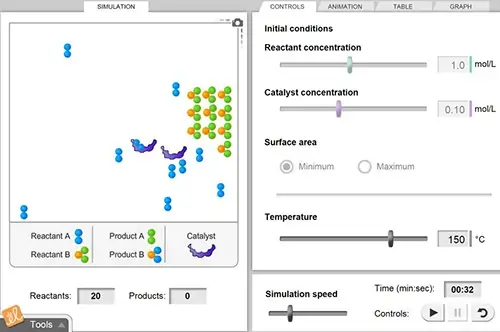
Observe a chemical reaction with and without a catalyst. Determine the effects of concentration, temperature, surface area, and catalysts on reaction rates.
Using experiments and simulations to help your students learn more about chemistry might motivate them to take their studies to the next level. Maybe one of them will become a scientist and make a difference using “The Healing Power of Chemistry.”

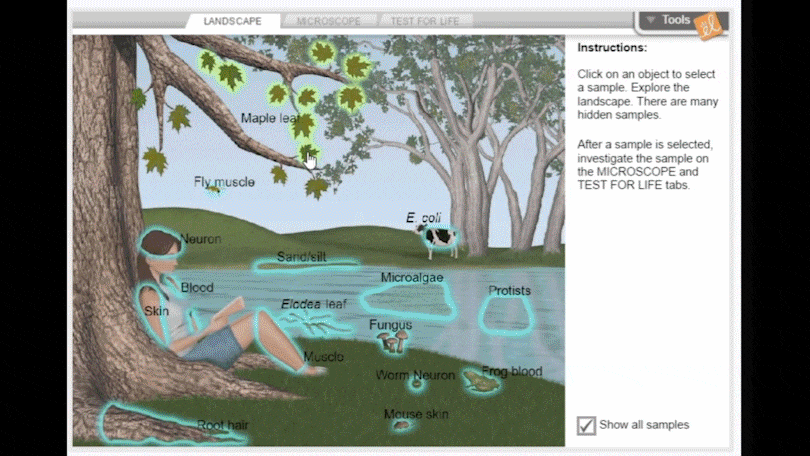
Make chemistry come alive for your students in grades 3+ with Gizmos virtual simulations.
Take a Trial
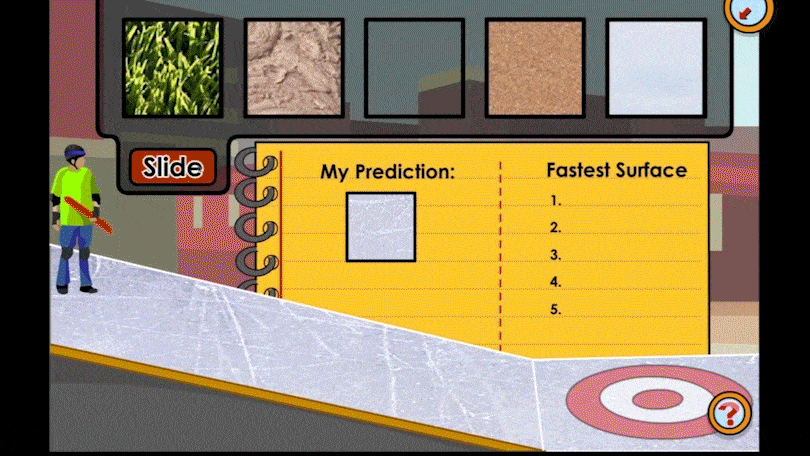
Let the youngest learners experiment with chemistry through these experiments featured in Science4Us.
Take a TrialSign up to get the latest updates from ExploreLearning via occasional email.
